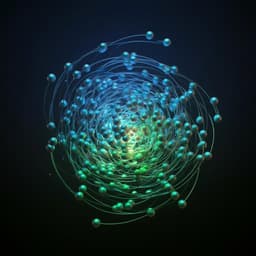
Psychology
The effect of high approach-motivated positive affect on selective attention under high perceptual load
F. Liu and Q. Zhang
Discover how different kinds of positive motivation reshape attention: low approach-motivated positivity slows responses under high perceptual load while high approach-motivated positivity speeds them and alters N1, N2, and P3 brain signals. Research conducted by the authors listed in the <Authors> tag (Fang Liu and Qin Zhang) reveals early and late neural signatures of these motivational effects on selective attention.
~3 min • Beginner • English
Related Publications
Explore these studies to deepen your understanding of the subject.







